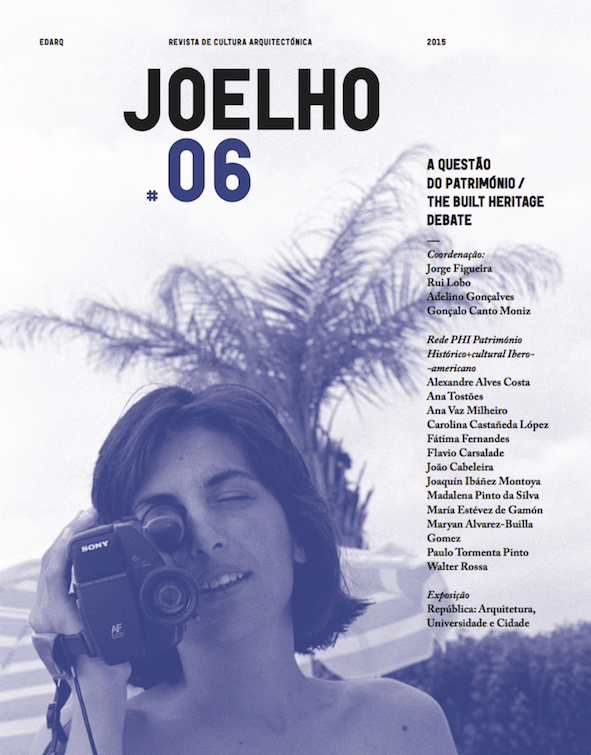Integrity amidst Schizophrenia
DOI:
https://doi.org/10.14195/1647-8681_6_7Palavras-chave:
Urban Heritage, Heritage Conservation, Urban Transformation, Álvaro Siza, Chiado ReconstructionResumo
The fire, in 1988, that burned to the ground 14 buildings of Chiado, one of the areas in the 18th century Pombaline master plan for Lisbon downtown, created an unpredicted break in the history of this city. Álvaro Siza´s plan for the reconstruction of Chiado, seeks to preserve, through architecture, the cultural value of this area and to solve previously accumulated problems.
The article reviews the approach and the methodology of the reconstruction plan, using the drawings and the built work itself as the main source.
After a short description of the burned architectural heritage, it analyses how the reconstruction process includes a methodology that is specifically architectural and that unfolds into five dimensions: the adequacy of the design of the new urban elements to the Pombaline architecture; the ongoing concern with the possible continuity of the social fabric; the adequacy of the buildings brief to their spatial structure and to urban character; the conservation of the existing the construction system whenever possible and the careful integration of new construction systems where necessary; and, finally, the evolution of detailed solutions without caricaturing the earlier ones.
In its last section, the article analyses the topicality of the process of Chiado reconstruction against recent urban rehabilitation trends.Downloads
##submission.downloads##
##submission.additionalFiles##
Publicado
Edição
Secção
Licença
Acesso Livre
Autores que publicam nesta revista concordam com os seguintes termos:
a. Autores conservam os direitos de autor e concedem à revista o direito de primeira publicação, com o trabalho simultaneamente licenciado sob a Licença Creative Commons Attribution que permite a partilha do trabalho com reconhecimento da autoria e publicação inicial nesta revista.
b. Autores têm autorização para assumir contratos adicionais separadamente, para distribuição não-exclusiva da versão do trabalho publicada nesta revista (ex.: publicar em repositório institucional ou como capítulo de livro), com reconhecimento de autoria e publicação inicial nesta revista.
c. Autores têm permissão e são estimulados a publicar e distribuir o seu trabalho online (ex.: em repositórios institucionais ou na sua página pessoal) a qualquer ponto antes ou durante o processo editorial, já que isso pode gerar alterações produtivas, bem como aumentar o impacto e a citação do trabalho publicado (Veja O Efeito do Acesso Livre).





